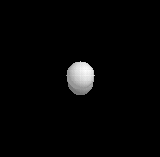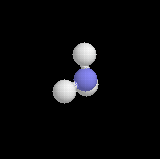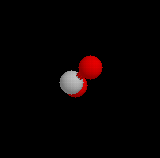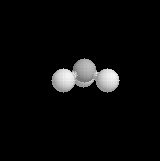Let's investigate what chemical groups constitute an amino acid. Firstly, click here to acquire a picture of the amino acid called alanine. The image is colour coded as follows:

The area at the centre of the amino acid image that looks like this is the alpha carbon atom, and this is always bonded to a hydrogen atom (both shown).

Towards the left of the amino acid image is the amine group. This is also attached to the alpha carbon, and is protonated in solution as conveyed in the image.

Towards the right of the amino acid image is the carboxylic acid group. Again, this is attached to the alpha carbon, but loses a proton in slotion as conveyed in the image.

Towards the bottom of the amino acid image is the side chain. The side chain is different for each amino acid. In this case of alanine, the side chain is the methyl group. The rest of the molecule is known as the main chain whose naming is useful when dealing with proteins.
The side chains, depending on the functional groups are aliphatic, aromatic, acidic, basic, hydroxylic, sulphur - containing, and amidic (containing amide group). However, proline has an unusual ring structure where the side chain is bonded at its terminus to the main chain nitrogen.
Go To Overview